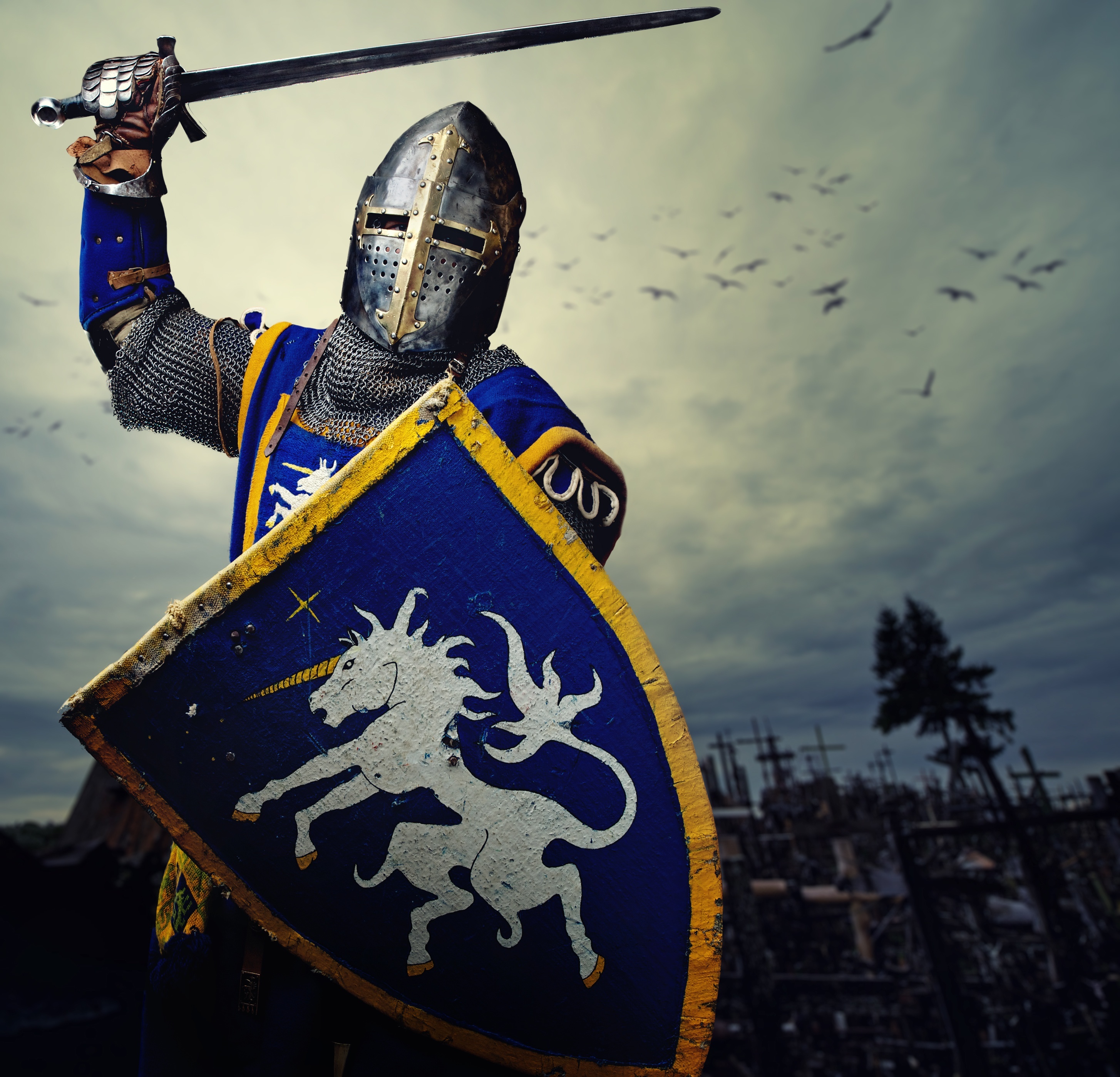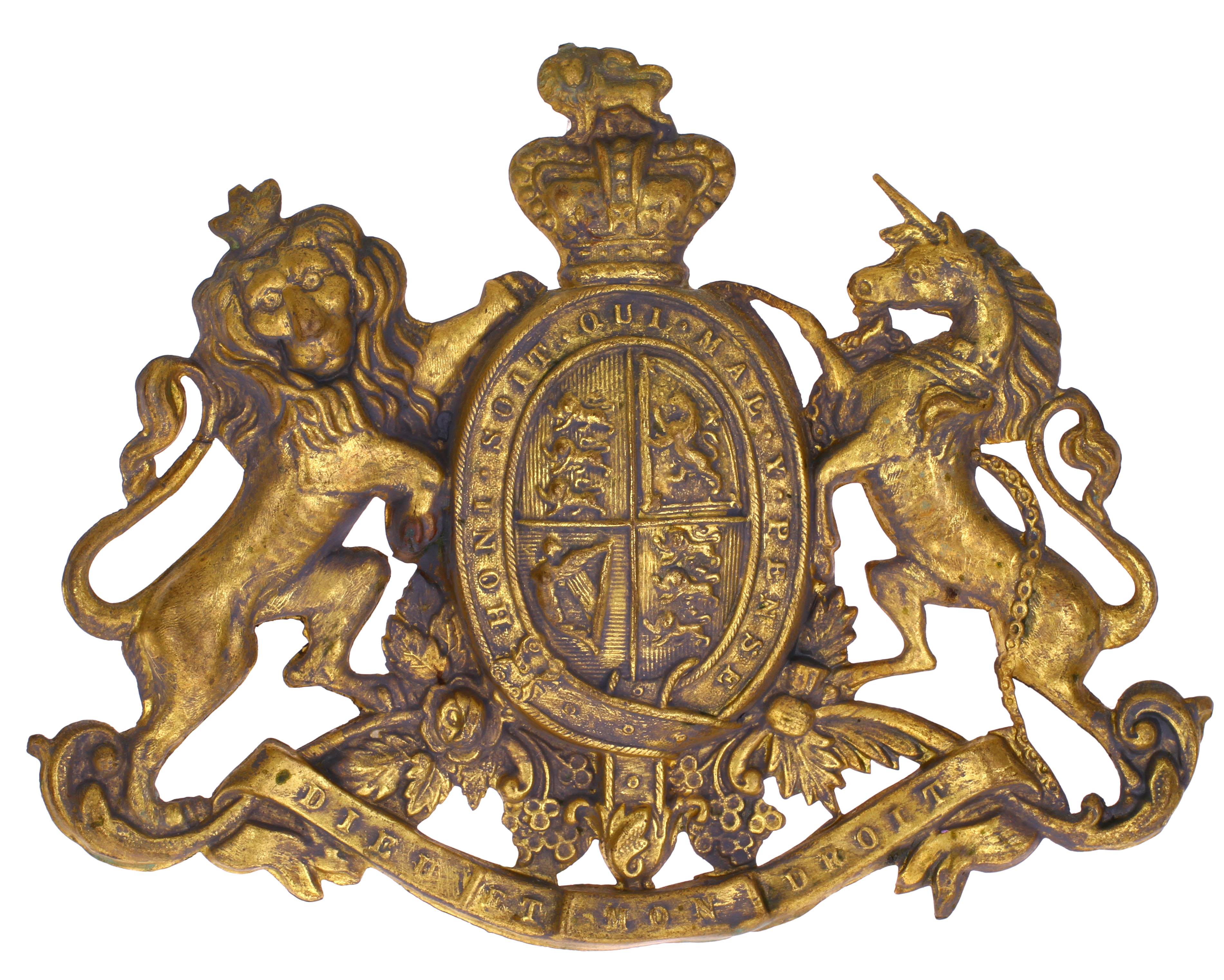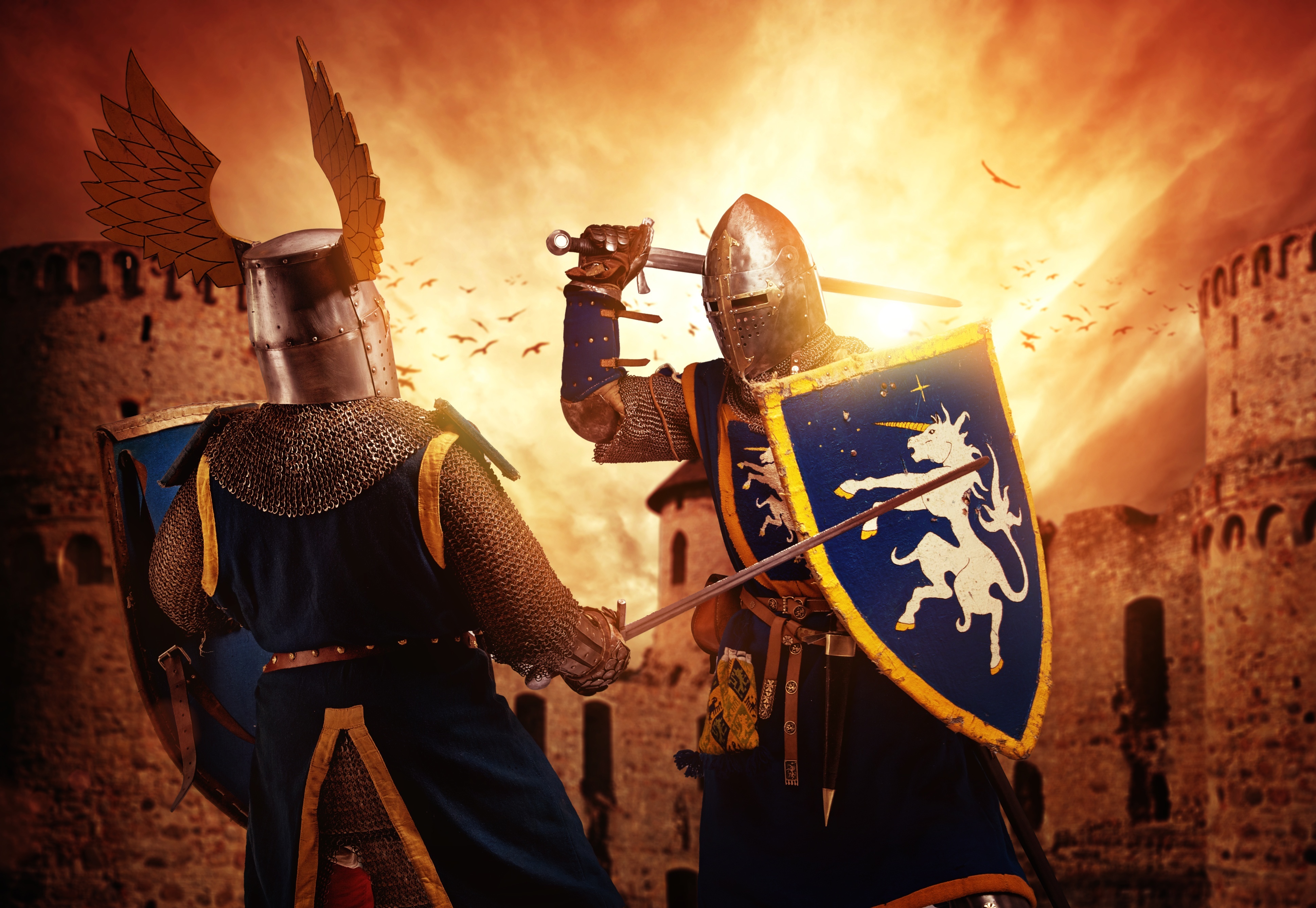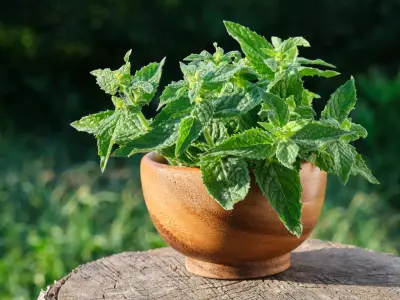Heraldry, an art form steeped in history and tradition, evokes images of knights, medieval battles, and grand family crests. Passed down through generations, these symbols tell the stories of families, institutions, and powerful individuals.
Let’s delve into the vibrant world of heraldry, uncovering its meanings, symbols, and why it remains relevant today.
Jump to:
What is Heraldry?

Heraldry originated in the medieval period as a means to identify combatants who were otherwise unrecognisable in their armour. Over time, it evolved into a sophisticated language of symbols, each with its own meaning and history. The heraldry definition encapsulates the practice of designing, granting, displaying, and recording coats of arms and heraldic symbols.
Who invented heraldry?
Heraldry evolved in Europe during the High Middle Ages, starting in the 12th century, as a means of identification in combat. It wasn't invented by a single individual but developed organically as knights and noblemen began to use distinctive symbols to identify themselves and their allegiances. Over time, the practice became formalised and spread across Europe.
The Tradition and Rules of Heraldry
Heraldry follows a set of basic rules designed to ensure that each coat of arms is unique and follows the conventions of the practice. These rules cover everything from the layout of the shield to the correct use of heraldic terms. Understanding these principles is essential for anyone interested in the history and heraldry of their family or institution:
- Rule of Tincture: This fundamental rule ensures that colours (tinctures) are not placed on other colours, and metals (gold and silver) are not placed on other metals to maintain contrast and visibility from a distance.
- Heraldic Hierarchy: The placement and size of symbols on a shield can signify the rank and importance of the bearer. For instance, items placed at the top (chief) of the shield are considered of higher importance than those at the bottom (base).
- Marshalling: This rule involves the combination of different coats of arms to represent marriage, alliances, or the inheritance of land and titles. It's done through quartering (dividing the shield into four or more parts) or impalement (splitting the shield in half to display two coats of arms side by side).
- Use of Charges: Charges (symbols or devices) on a shield must be distinctive and follow certain stylistic guidelines to ensure they are recognisable and meaningful. Each charge has its own traditional symbolism and placement rules.
- Limited Palette: Heraldry uses a limited palette of colours, metals (gold/yellow and silver/white), and furs (patterns representing animal skins). These elements must be used correctly to adhere to the rule of tincture.
- Heraldic Blazon: The description of a coat of arms, known as a blazon, follows a specific formulaic language that is precise and unambiguous. This ensures that a heraldic artist can recreate the arms accurately from the text alone.
- Respect for Tradition: While there's room for creativity, designs should respect the historical and cultural significance of heraldic symbols and arrangements.
- Uniqueness: Each coat of arms should be unique to its bearer, avoiding duplication of existing arms. This is crucial for maintaining the identity and heritage associated with heraldic symbols.
Symbols on the Coat of Arms: A Language of Colours and Shapes

Heraldic symbols, or 'charges', are the heart of a coat of arms. They range from animals and mythical creatures to objects and abstract designs, each carrying its own significance. Let’s explore some common symbols and their meanings.
Lions and Strength
The lion, often called the "king of beasts," symbolises courage, strength, and nobility. A lion depicted in heraldry, known as a heraldic lion, may take various positions, each with a different meaning.
The Grace of the Peacock
With its splendid tail feathers displayed, the peacock symbolises beauty, pride, and renewal. The peacock coat of arms or peacock family crest often represents an individual or family of high standing, known for their dignity and grace.
Horses and Valour
Horses in heraldry symbolise speed, loyalty, and bravery. A horse coat of arms might be found in the heraldry of families with a history of knighthood or military service. The image of three horseshoes, as seen in the Three Horseshoes Maiden Law menu or coat of arms, can also signify good luck and protection.
The Wolf: Fierceness in Protection
Wolves in heraldry are symbolic of loyalty, courage, and the willingness to fight for what is right. A wolf crest or wolf coat of arms often belongs to those seen as protectors of their family or land.
The Rose: Beauty and Complexity
Rose heraldry is rich with meaning, often symbolising love, beauty, and the complexity of the bearer's achievements. The heraldic rose is a common motif, reflecting the balance between beauty and defence, akin to a rose's petals and thorns.
The Eagle: Sovereignty and Power
The eagle symbolises high aspirations, strength, and the power of sight. In heraldry, an eagle displayed (with wings spread) represents freedom and the pursuit of higher understanding. It's often associated with leaders and visionaries, symbolising their lofty goals and ability to oversee matters with clarity.
The Griffin: Vigilance and Valor
A mythical creature with the body of a lion and the head and wings of an eagle, the griffin embodies the courage and strength of a lion and the vigilance and speed of an eagle. This heraldic beast is a guardian of treasures and signifies the dual nature of bravery in battle and wisdom in leadership.
The Oak Tree: Strength and Endurance
An oak tree or oak leaves in heraldry symbolises strength, stability, and endurance. The oak is known for its longevity and its ability to withstand storms, making it a symbol of steadfastness and resilience. Families or people who identify with these traits may include the oak in their coat of arms.
The Fleur-de-lis: Purity and Light
Originally associated with the French monarchy, the fleur-de-lis is a stylised lily symbolising purity, light, and the Virgin Mary in some contexts. Its inclusion in a coat of arms can denote a connection to noble ideals, religious devotion, or a historical link to France.
The Cross: Faith and Protection
The cross, in its many variations, is a universal symbol of faith, Christian devotion, and the protection of God. Its presence in heraldry can indicate a commitment to Christian values, a history of participation in the Crusades, or a call for divine guidance and protection.
The Salamander: Fire and Transformation
Often depicted amidst flames, the salamander in heraldry represents the ability to withstand adversity, specifically the fire of trials and tribulations. It symbolises purity, the regeneration of the soul through hardship, and the transformational power of fire.
The Chevron: Protection and Builders
A chevron, resembling an inverted 'V', is a symbol of protection derived from the shape of a roof. It signifies that the bearer has accomplished some notable feat of construction or enduring fortitude, often associated with military engineering or the construction of fortifications.
The Tower or Castle: Vigilance and Defence
A tower or castle in heraldry signifies vigilance, a strong defence, and home. It represents the bearer's commitment to protecting their family or community and their strength in standing firm against adversity.
The Heraldry Helmet: Guardianship and Honour

A heraldry helmet, placed above the shield, denotes rank and status. It also symbolises the wearer's readiness to defend their beliefs and honour. The style and position of the helmet can indicate the bearer’s rank in medieval society.
For instance, a helmet positioned in profile with the visor closed might denote a knight, signifying readiness for battle and a commitment to chivalric values. In contrast, a helmet shown affronté (facing forward) with an open visor could indicate a higher rank, such as a baron or higher nobility, suggesting openness to dialogue and governance.
Moreover, the heraldry helmet symbolises the armiger's readiness to defend their honour and that of their family or community. This readiness encompasses the moral and ethical battles one might face in upholding their principles and values, representing a deeper commitment to the ideals of nobility, courage, and integrity.
Beyond its symbolic meanings, the heraldry helmet adds a layer of visual richness to the coat of arms. Its design and detailing contribute to the overall beauty of the heraldic achievement, creating a visually striking emblem that is as meaningful as it is magnificent.
Colours in Heraldry: Tinctures of Meaning
Heraldic colours, or 'tinctures', include both traditional colours and metals. Each colour has its own heraldry meaning, conveying the values and attributes of the armiger (the person or entity that holds the coat of arms).
- Vert (Green): Growth and Hope: Vert, or green, symbolises growth, hope, and joy. It represents fertility, renewal, and the bearer's connection to the land. This colour indicates a family's commitment to their heritage and hope for the future.
- Sable (Black): Constancy and Grief: Sable, or black, is often associated with grief and mourning, but it also represents constancy, stability, and sometimes defiance. It's a powerful colour that can signify the armiger's enduring strength and resilience through trials.
- Purpure (Purple): Sovereignty and Justice: Purpure, or purple, has long been associated with royalty, sovereignty, and justice. This colour signifies the armiger's noble ideals, dignity, and pursuit of justice. It's a colour that conveys a sense of responsibility and leadership.
- Or (Gold/Yellow): Generosity and Elevation of the Mind: Or, representing gold or yellow in heraldry, symbolises generosity, wisdom, and nobility of mind. It reflects the armiger's enlightenment, honour, and high aspirations. Gold in a coat of arms can also represent wealth and prosperity.
- Tenné (Tawny/Orange): Ambition and Endurance: Tenné, or tawny (often depicted as orange), is less common but signifies ambition, endurance, and strength in the face of adversity. It can represent a willingness to face challenges head-on with courage and determination.
- Argent (Silver/White): Argent embodies the ideals of purity, truth, and peace. This colour, often used to represent light, the moon, or the element of water, conveys innocence and unblemished character. The use of argent in a coat of arms suggests a commitment to honesty and integrity, qualities that lend a noble aspect to the armiger's identity.
- Gules (Red): Gules is a colour of deep significance and power. It symbolises the warrior or martyr, evoking strength, courage, and sacrifice. This vibrant colour is associated with the element of fire and is often used to represent courage, passionate love, and a willingness to take action.
- Azure (Blue): Azure signifies loyalty, trust, and faithfulness. Reminiscent of the sky and the sea, it represents stability, serenity, and a depth of character. It is often associated with the divine and the celestial, suggesting a connection to higher ideals and truth. In heraldry, azure indicates a commitment to duty and honour, essential for those who serve a cause greater than themselves.
- Heraldry Furs: Ermine, Vair, and Others: In addition to solid colours and metals, heraldry also utilises furs to convey meaning. These patterns represent the fur of animals and symbolise a range of virtues. Ermine means purity, dignity, and innocence. It’s traditionally white with black spots, representing the winter coat of the ermine stoat. Meanwhile, Vair symbolises protection and providence. It's depicted as a series of alternating blue and white bell shapes, reminiscent of squirrel fur.
Today’s Heraldry: A Continuing Legacy
While its origins lie in medieval battlefields, heraldry is not confined to the past. Today, it continues to be used by individuals, families, and institutions worldwide to symbolise their identity, history, and values. The art of heraldry remains a fascinating study, connecting us with our heritage and the stories of those who came before us.
Common Questions About Heraldry
What is the meaning of heraldry today?
In contemporary times, heraldry goes beyond its medieval roots of battlefield identification. It links to someone’s heritage, celebrating family history and achievements. Heraldry today is a way of honouring past generations while continuing a legacy that can be passed down to future ones. It's also used by organisations and institutions to symbolise their values, history, and goals.
How do you identify heraldry symbols?
Identifying heraldry symbols involves understanding the language of heraldry, including the meanings of colours, charges (symbols), and arrangements on the shield. Each element, from the type of animal to the colour and position, tells part of the story of the person, family, or institution it represents. Consulting heraldic dictionaries or databases or working with a heraldic artist or scholar can help identify and interpret these symbols.
What is an example of heraldry in modern times?
An example of modern heraldry can be seen in corporate logos, badges of sports clubs, or symbols of governmental agencies. These contemporary uses draw on heraldic principles to create symbols that communicate identity, values, and heritage. For instance, many universities have coats of arms that encapsulate their history, purpose, and ethos.
Do colours have meaning in heraldry?
Colours (or tinctures) in heraldry are imbued with specific meanings. Each colour represents different qualities or attributes associated with the armiger. For example, blue (azure) symbolises loyalty and trust, red (gules) denotes courage and bravery, and gold (or) reflects generosity and elevation of the mind.
Is it legal to have a coat of arms?
In many countries, the right to bear a coat of arms is regulated by law or heraldic authorities. In the United Kingdom, for instance, coats of arms are granted by the College of Arms and require a lawful right to use them. In other countries, the legal framework may vary, and in some places, there are no restrictions on the creation or use of heraldic symbols.
Can anyone have a coat of arms?
While historically, coats of arms were associated with nobility, today, anyone can commission the creation of a coat of arms. However, in jurisdictions with heraldic authorities, such as the UK or Canada, there are formal processes and criteria for officially granting arms. In countries without such authorities, people may design and use their own coats of arms more freely.
Did Vikings use heraldry?
While the Vikings did not use heraldry in the way it developed in the High Middle Ages in Europe, they did use symbols and motifs on their shields, flags, and boats that served similar purposes of identification and representation. These symbols, however, did not follow the formalised rules and practices of later heraldic traditions.
What is the heraldry symbol for the firstborn?
In heraldry, the system of cadency involves the use of marks to indicate the birth order of sons. The heraldry symbol for the firstborn son is a label, which is a horizontal band across the top of the shield with pendant tags. This system allows for the differentiation between the arms of the holder and their heirs.
Recommended for you!
Best SellersUncover the Secrets of Heraldry with Centre of Excellence
Are you captivated by the rich tapestry of symbols and stories in heraldry? Our Heraldry Diploma Course helps you decipher the rich meanings of heraldic symbols, colours and designs.
Why Centre of Excellence?
- Accessibility: Education should be a right, not a privilege. This belief drives us to offer our courses at inclusive prices and ensure that learning is accessible to all.
- Flexibility: Our courses are designed with your busy schedule in mind, offering you the freedom to learn at your own pace. This flexibility allows you to pursue your educational aspirations without disrupting daily commitments.
- Comprehensive Curriculum: We offer a broad spectrum of topics, delving into the intricate aspects of heraldry and its historical significance. Our curriculum is designed to cater to a wide range of interests and learning objectives.
- Dedicated Support: Enrolling in our courses means joining a supportive community of like-minded learners and gaining access to personalised guidance from our expert tutors, ensuring you feel supported throughout your learning journey.
Exclusive Offer:
We're excited to present our Heraldry Diploma Course, currently available at the exceptional price of £29, saving you over £100!













